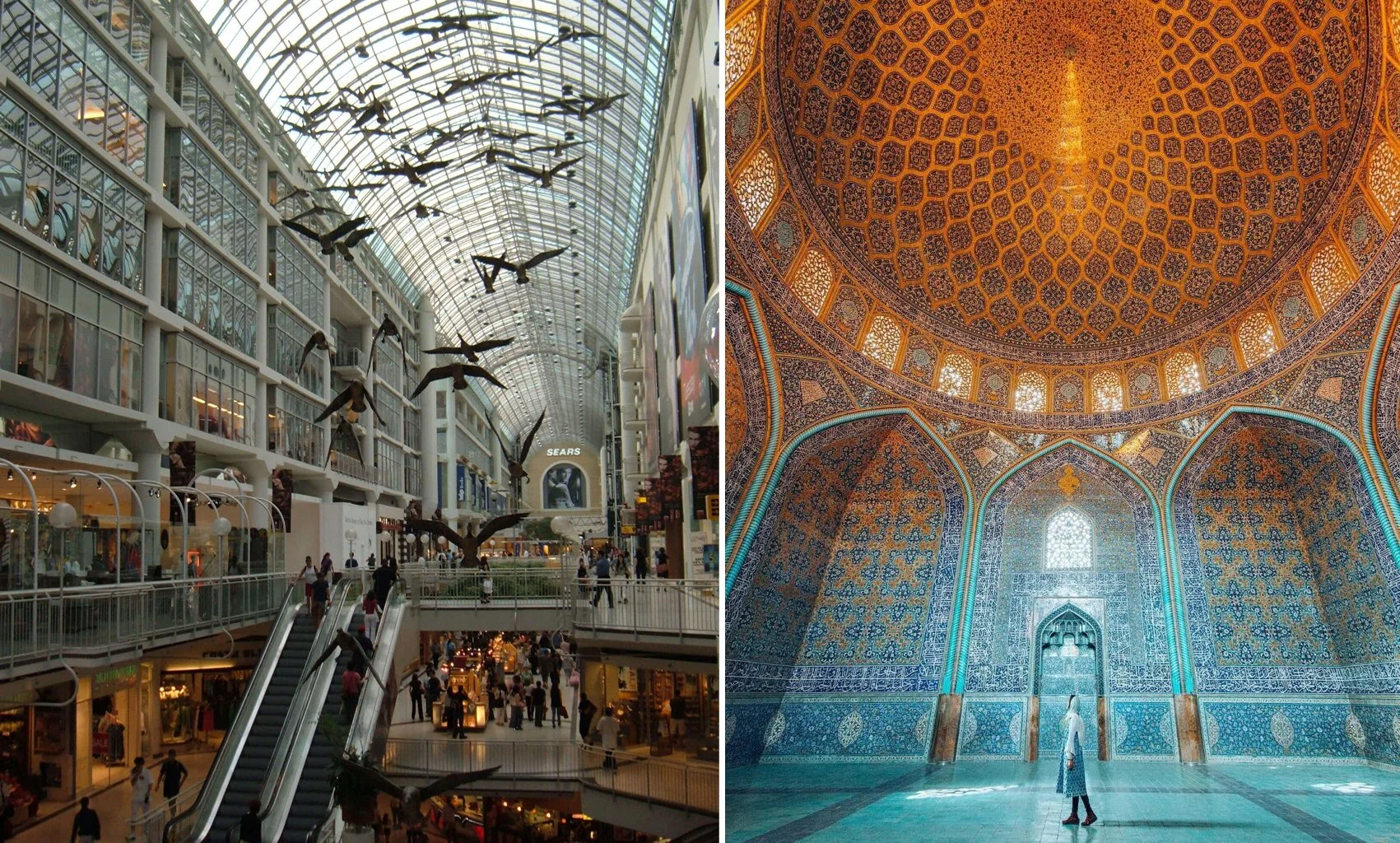Branded Spatial Design: Creating Identity in Public Spaces
By Majid Abbasi
“People can inhabit anything. And they can be miserable in anything and ecstatic in anything. More and more, it’s the architect’s responsibility to create everyday environments that give people a sense of identity and belonging.” — Rem Koolhaas
What is Spatial Design for Public Spaces?
Spatial design involves planning and crafting spaces with attention to customer experience, aesthetics, and practicality. Rooted in human-centred design principles, it aims to create environments that are accessible, intuitive, and inviting for diverse users. In public settings such as airports, museums, or retail centers, it blends architecture, interior design, wayfinding and signage, lighting, digital media, and even sound to guide and engage people in a cohesive experience. Inclusive spatial design offers broader benefits as well — fostering community engagement, supporting local economies, and enhancing health and well-being through accessibility, activity, and shared ownership.
Why Is Branded Spatial Design Important?
In today’s complex spaces—airports, museums, campuses, or retail—branded spatial design creates clarity and identity. It helps people instantly grasp where they are, what matters, and who or what the space represents.
Through layout, material, color, and messaging, space becomes more than functional—it becomes expressive, reinforcing identity and values.
While “brand” may suggest something commercial, branded space goes far beyond marketing. It embeds meaning—cultural, spiritual, corporate, or public—into the environment. Some of the most powerful branded spaces I’ve experienced convey identity in deeply spiritual, artistic, or cultural ways: Michelangelo’s Sistine Chapel frescoes communicate spiritual identity through immersive space; Michael Snow’s installation at the Eaton Centre shows how public art can reflect urban identity; and Sheikh Lotfollah Mosque in Isfahan expresses cultural narrative in spatial form.
Branded environments—cultural or commercial—do more than serve; they leave lasting impressions, communicate values, and turn space into experience. A well-designed public space fosters positive emotions and a sense of belonging — shaping not just the physical setting, but how the space is perceived and felt.
Sistine Chapel, Vatican – The Last Judgment by Michelangelo – © Vatican Museum
Left: Eaton Center, Toronto – @ Michael Snow, Flight Stop, / Art Canada Institute
Right: Sheikh Lotfollah Mosque, Isfahan – © Reddit Inc.
What is Branded Spatial Design?
Branded spatial design takes these principles further by embedding a company’s or organization’s identity into the environment itself. This means translating brand values, visuals, and messaging into every design element — from colors and materials to signage, lighting, and spatial flow. The goal is to create a consistent, immersive experience that reflects the brand’s personality and strengthens its connection with customers.
How Does DEXD Create a Branded Spatial Experience? What is Branded Spatial Design?
At DEXD, creating a branded space begins with in-depth research to understand the brand’s essence and its audience. This insight shapes the concept development phase, where the brand story is translated into spatial strategies and design ideas. We integrate key brand elements through graphics, materials, lighting, and technology—ensuring the environment feels authentic, immersive, and cohesive. What is Spatial Design for Public Spaces?
Through prototyping and careful implementation, we turn vision into reality—building spaces that do more than look good. In today’s competitive landscape, branded spatial design is a strategic tool. It transforms everyday environments into customer experiences that communicate identity, engage visitors, and inspire lasting loyalty. At DEXD, we believe design isn’t just decoration—it’s storytelling in three dimensions.


